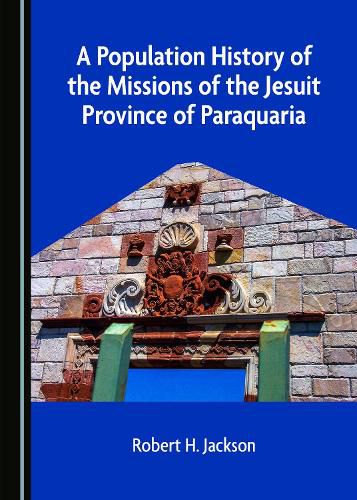Readings Newsletter
Become a Readings Member to make your shopping experience even easier.
Sign in or sign up for free!
You’re not far away from qualifying for FREE standard shipping within Australia
You’ve qualified for FREE standard shipping within Australia
The cart is loading…






Scholars have debated the demographic consequences for the indigenous populations of the Americas of 1492, the beginning of sustained contact between the Old and New Worlds. Some have hypothesized an initial die-off of indigenous population resulting from the introduction of highly contagious crowd diseases such as smallpox and measles. So-called virgin soil epidemics caused catastrophic mortality that culled the indigenous populations, and some scholars such as the late Henry Dobyns hypothesized a rate of decline of around 90 percent as epidemics spread across the Americas like a miasmic cloud. However, over the course of generations, the indigenous populations developed immunities to the maladies, and recovered.This book presents a detailed case study of indigenous populations congregated on Jesuit missions in lowland South America that challenges the basic assumptions of the model of virgin soil epidemics. It shows that epidemic mortality varied between communities, and that catastrophic mortality occurred on some mission communities generations after first sustained contact. It concludes that patterns of demographic change among indigenous populations were far more complex than is often assumed. This study is of interest to specialists in historical demography, colonial Spanish America, Native American history, and the history of Spanish frontier missions.
$9.00 standard shipping within Australia
FREE standard shipping within Australia for orders over $100.00
Express & International shipping calculated at checkout
Scholars have debated the demographic consequences for the indigenous populations of the Americas of 1492, the beginning of sustained contact between the Old and New Worlds. Some have hypothesized an initial die-off of indigenous population resulting from the introduction of highly contagious crowd diseases such as smallpox and measles. So-called virgin soil epidemics caused catastrophic mortality that culled the indigenous populations, and some scholars such as the late Henry Dobyns hypothesized a rate of decline of around 90 percent as epidemics spread across the Americas like a miasmic cloud. However, over the course of generations, the indigenous populations developed immunities to the maladies, and recovered.This book presents a detailed case study of indigenous populations congregated on Jesuit missions in lowland South America that challenges the basic assumptions of the model of virgin soil epidemics. It shows that epidemic mortality varied between communities, and that catastrophic mortality occurred on some mission communities generations after first sustained contact. It concludes that patterns of demographic change among indigenous populations were far more complex than is often assumed. This study is of interest to specialists in historical demography, colonial Spanish America, Native American history, and the history of Spanish frontier missions.